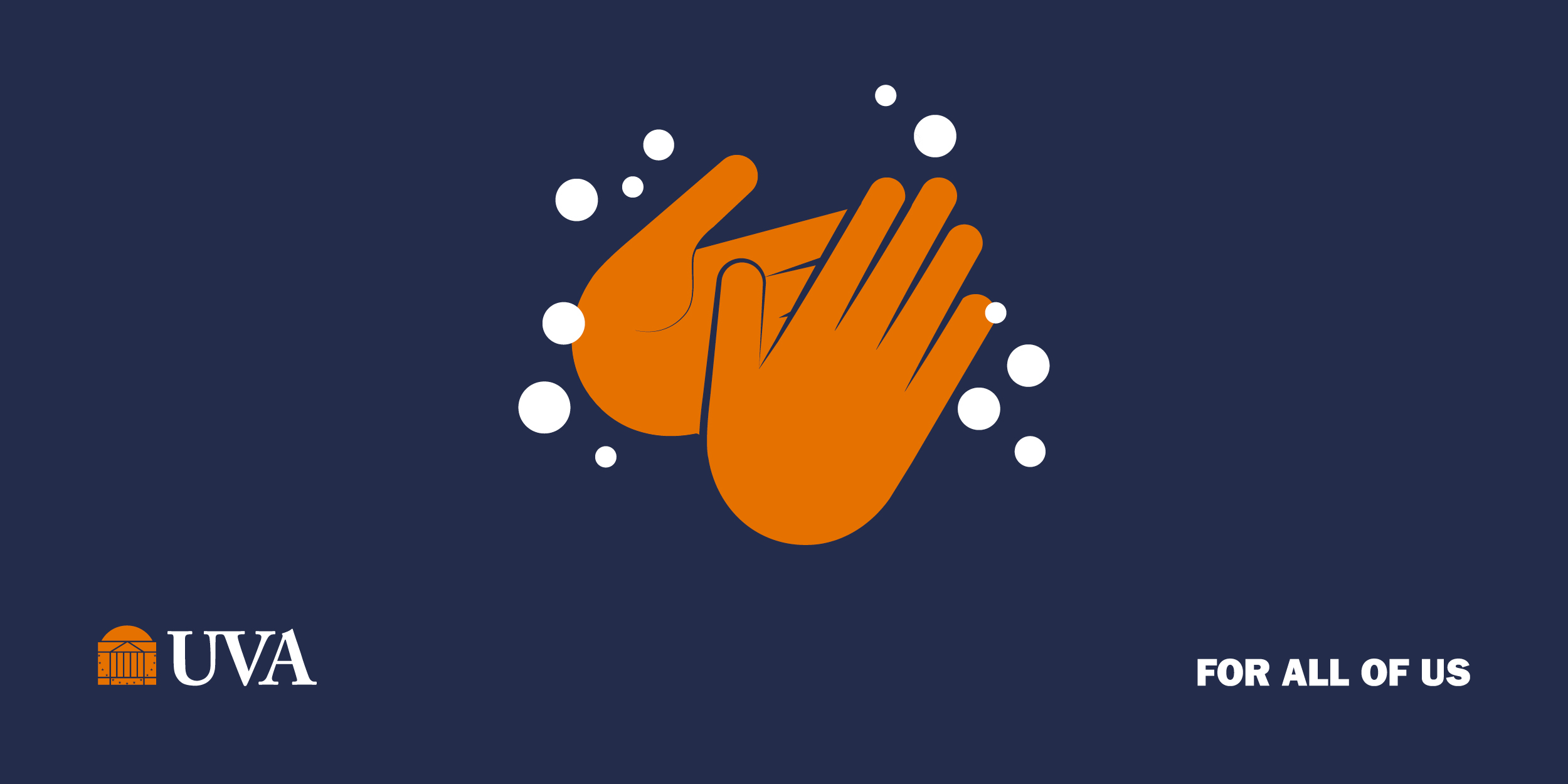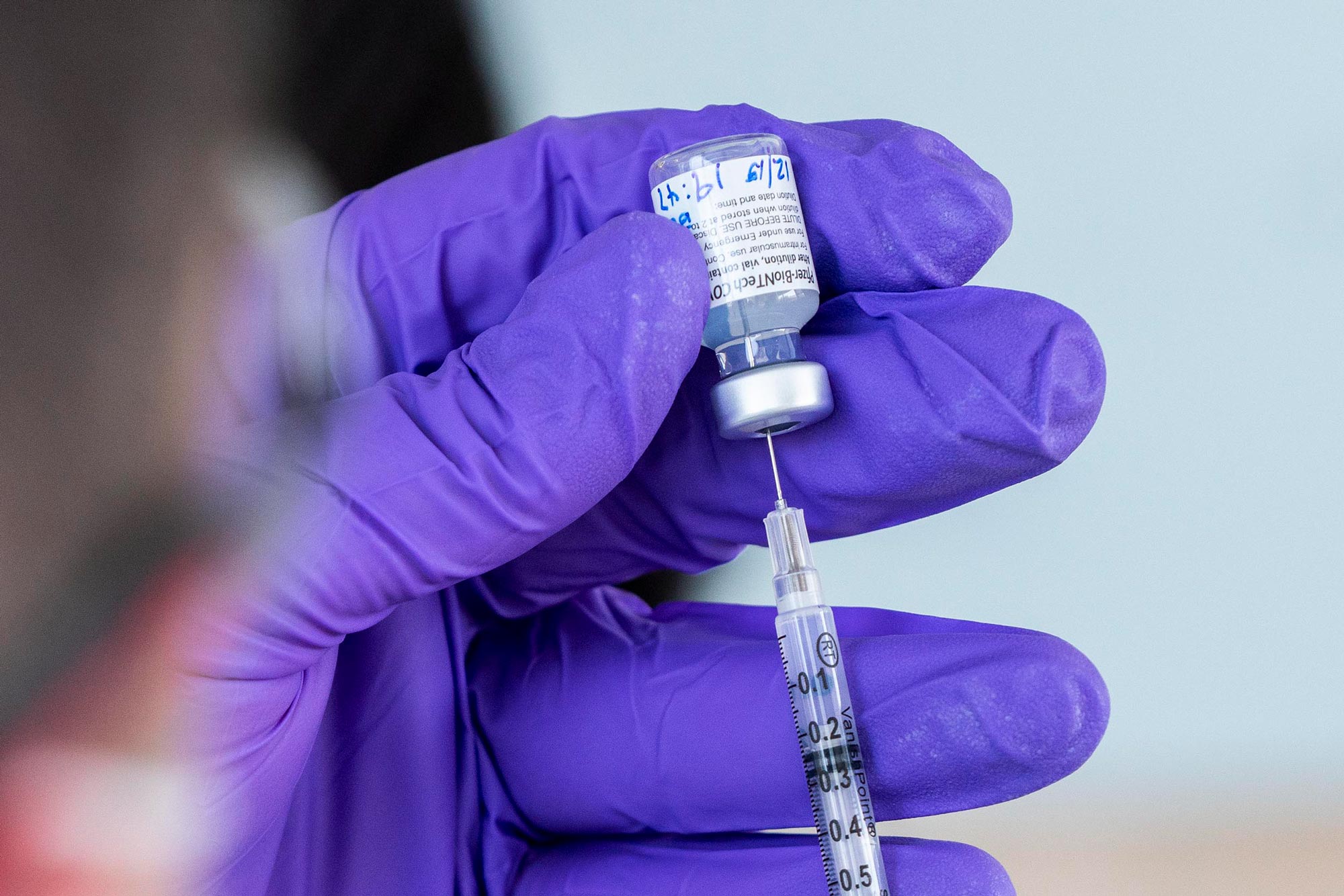Amid the global toll of COVID-19, the unprecedented speed of vaccine development has provided a reason for optimism, with the national and local rollout of vaccines a welcome light at the end of the pandemic tunnel.
Within the commonwealth, the Virginia Department of Health is charged with identifying priority populations and ensuring they are vaccinated. That activity has begun and is ongoing, including vaccination of personnel in the priority groups identified by VDH who are working at UVA Health at the University of Virginia.
But much remains unknown in this rapidly evolving situation. Here’s what we know, and what is yet to be determined.
Vaccine Distribution Overview
No single national blueprint for vaccine distribution presently exists. Instead, following guidance from the federal government, state executives and state health authorities are directing state vaccine programs. In Virginia, VDH is charged with distributing vaccines, and it also determines priority for vaccinations. VDH’s determinations about eligibility for vaccines follows guidance from the Centers for Disease Control and recommendations from the federal Advisory Committee on Immunization Practices. Under those guidelines, groups at greatest risk of contracting COVID-19 or suffering serious cases of it have been given top priority.
VDH has announced its prioritization for vaccine distribution, identifying three priority groups, denoted as 1A, 1B, and 1C. Its full guidance can be found here.
Virginia has already started phase 1A of the vaccination program. The Blue Ridge Health District, the local office of VDH, has led this program for the Charlottesville-Albemarle region. That program focuses on vaccinating health care personnel and residents of long-term care facilities. As part of this phase, VDH charged UVA Health with distributing vaccines to health care personnel (more details on the implementation below).
Phase 1B includes frontline essential workers including those in childcare, K-12 teachers and staff, adults 65 years and older, and people living in certain congregate settings. Faculty and staff from higher education institutions will be part of the third group, known as 1C. Other than students who work in a health care setting as trainees, it is not yet known what phase will include the general student population.
The exact timeline of the rollout of phases 1B and 1C are not yet known. Gov. Ralph Northam, in a news conference last week, said he expects all Virginia residents who wish to receive a vaccine will be able to do so by this summer. BRHD announced on Jan. 7 that it was preparing for Phase 1B in the Charlottesville-Albemarle region.

UVA officials said the University does not yet know if VDH will ask UVA for assistance in distributing the vaccine to University employees outside of health care settings or to students, or whether doses will be distributed through other channels, such as public clinics or commercial pharmacies. University officials said UVA Health and the University will assist in whatever way they can in supporting VDH and BRHD’s efforts.
Members of the community are encouraged to continue following public health protocols: wear a mask, wash hands frequently, practice physical distancing, and avoid large gatherings, especially indoors.
UVA Health Vaccinations in Phase 1A
The first phase of vaccine distribution is underway and is focused on health care personnel and residents of long-term care facilities. The Virginia Department of Health is allocating vaccine supplies throughout the state to reach these groups.
The Blue Ridge Health District is vaccinating Phase 1A eligible health care personnel throughout the community. UVA Health is assisting in these efforts.
At the direction of the VDH, UVA Health has received shipments of both Pfizer and Moderna vaccines for UVA Health team members who are eligible for vaccination. UVA Health is an umbrella organization that includes the medical center, the University Physicians Group and the schools of Medicine and Nursing.
Under UVA Health policies, team members eligible for vaccination include all people providing clinical, educational, research, administrative or other services within or for the benefit of the health system (including School of Medicine and School of Nursing faculty and staff). As a result, some faculty, staff and students in the schools of Medicine and Nursing who do not work directly in the clinical care settings are eligible for vaccines in phase 1A because they are part of UVA Health and they are in contact with colleagues who are working directly in or supporting the work in clinical-care environments.
UVA Health’s vaccination program is voluntary and began by inviting the participation of those at highest risk of work-related exposure to COVID-19. All team members have now been invited to participate. To date, more than 8,000 have received at least one dose of vaccine. Vaccine promotion and sign-ups are continuing throughout UVA Health.
All vaccine recipients will be required to continue taking COVID-19 precautions, including wearing masks and practicing physical distancing until the pandemic is officially declared over. Clinical studies have determined that the vaccine is extremely effective at protecting recipients from contracting COVID-19, but more research is needed to determine whether vaccinated people can carry and transmit the disease to others. Until more is known, UVA leaders said, those vaccinated should continue to help protect others.
Find more information at the Blue Ridge Health District site and UVA Health site.
Phase 1B Vaccinations
On Wednesday, Jan. 6, the governor announced that the next priority populations to receive vaccinations during phase 1B will include about 1.2 million Virginia residents. Populations in the next phase include frontline essential workers, adults 65 years and older, and people living in correctional facilities, homeless shelters and migrant labor camps.
Frontline essential workers include:
- Police, fire and hazmat personnel
- Corrections and homeless shelter workers
- Childcare/K-12 teachers and staff
- Food and agriculture personnel
- Manufacturing personnel
- Grocery store workers
- Public transit workers
- Mail carriers (USPS and private)
Phase 1C Vaccinations
Phase 1C includes an estimated 2.5 million people, according to the governor’s office. This phase includes other essential workers, adults age 65 and older, and people age 16 to 64 with medical conditions or disabilities that increase their risk of severe illness from COVID-19.
“Other” essential workers include those working in:
- Energy
- Waste removal (waste and recycling removal, waste and wastewater workers)
- Housing construction
- Food service
- Transportation and logistics
- Higher education faculty and staff
- Finance
- Information technology and communication
- Media
- Legal services
- Other public health fields
For more information on the priority groups, visit the vaccine page on the state health department’s website.
Details on how those in categories 1B or 1C can sign up to receive the vaccine will be forthcoming, according to Northam. The governor set an initial goal of vaccinating 25,000 Virginians per day when vaccine supply allows.
Media Contact
Article Information
January 10, 2021
/content/what-we-know-and-dont-know-about-vaccines-uva-and-virginia

